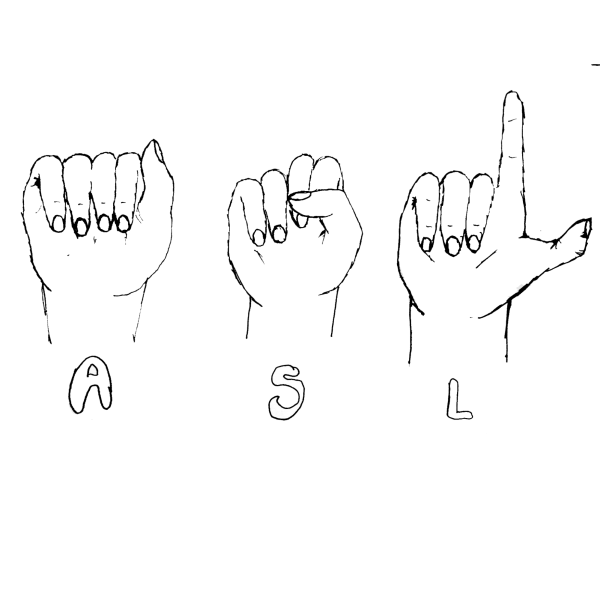Opinion : Old dress code is old news
New district dress code policy eliminates racist and sexist rhetoric.
Prior to the 2022-2023 school year, the Richland 2 dress code policy perpetuated social standards rooted in sexism and racism making it particularly hard for students to feel comfortable and safe expressing themselves as individuals. As a result, students over the years have called on the district to alter the dress code so that it is more fair and equitable for all students. This year, the district finally listened to the call.
Dress code policies -even beyond Richland 2- have existed as a way to regulate and monitor the bodies of students under the guise of preparing students for future success and professionalism. The reality is that dress codes have often done nothing but make students feel as though they don’t have a right to bodily autonomy – the ability to govern choices regarding one’s own body.
Furthermore, these dress codes create a standard that is only suitable for thinner and skinnier body types, often isolating students with curvier bodies. The finger-tip length rule for shorts, present in the former policy, has very different implications for a student with slim legs where shorts can hang loosely than a student with wider hips and thighs who has to worry about their shorts riding up from the simple act of walking.
There is also rhetoric in the former policy that lends to “respectability politics” – the idea that an individual who is part of a marginalized group must conform to societal standards and be “respectable” to be accepted and protected from injustices. The former policy restricted students from wearing durags, bonnets or sagging their pants -all of which are rooted in the Black community. Oftentimes the White-dominated culture of America views these items as inappropriate or unprofessional. By restricting students from wearing these things, the dress code lends to the view that Black culture is inferior to mainstream White culture.
The updated policy has eliminated almost all of these issues. Most notably, it asserts that students can not be referred to as distractions. Too often, young girls are told that they are a distraction to their male counterparts and that they should change their clothing, behaviors, and choices to accommodate. In a similar light, the updated policy does not allow for students to be removed from class due to a dress code violation. These changes in the policy put an equal value on the education of girls in schools and take away the derogatory, harmful and frankly embarrassing sentiments of the former policy.
In any school, there are rules, policies and procedures that must be followed by all students and staff but it should never have reached the point where students dreaded coming to school in fear of being embarrassed, punished or shamed. The former dress code policy did exactly that. School policy should always make students feel comfortable and secure- not punished or sexualized. By changing the policy the district has created a more emotionally -and physically- safe and comfortable environment for all students regardless of race, gender, or any other identity.
Your donation will support the student journalists of Richland Northeast High School. Your contribution will allow us to attend conferences, purchase equipment and cover our annual website hosting costs.
Maricellyn "Rissy" McDonald is a senior in Richland Northeast's International Baccalaureate Diploma Program and Convergence Media magnet. She aspires to...






